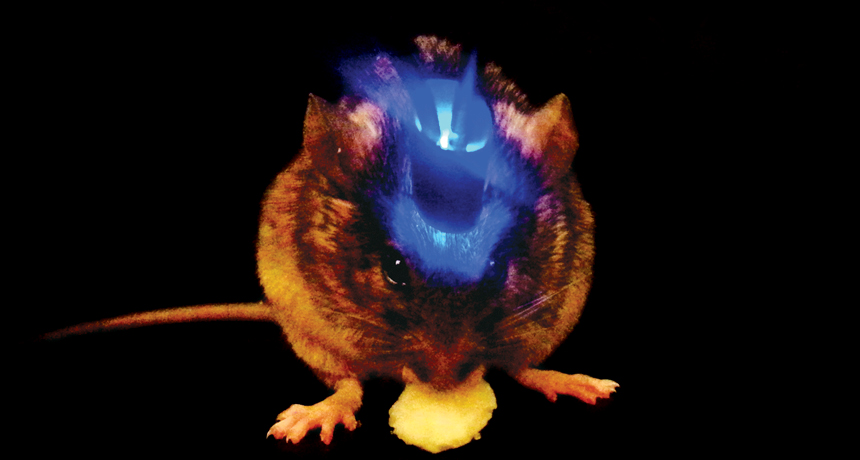An on-off switch for eating

OUT OF CONTROL By stimulating neurons with a laser, scientists forced mice to eat, even when the animals were full.
J. Jennings

OUT OF CONTROL By stimulating neurons with a laser, scientists forced mice to eat, even when the animals were full.
J. Jennings